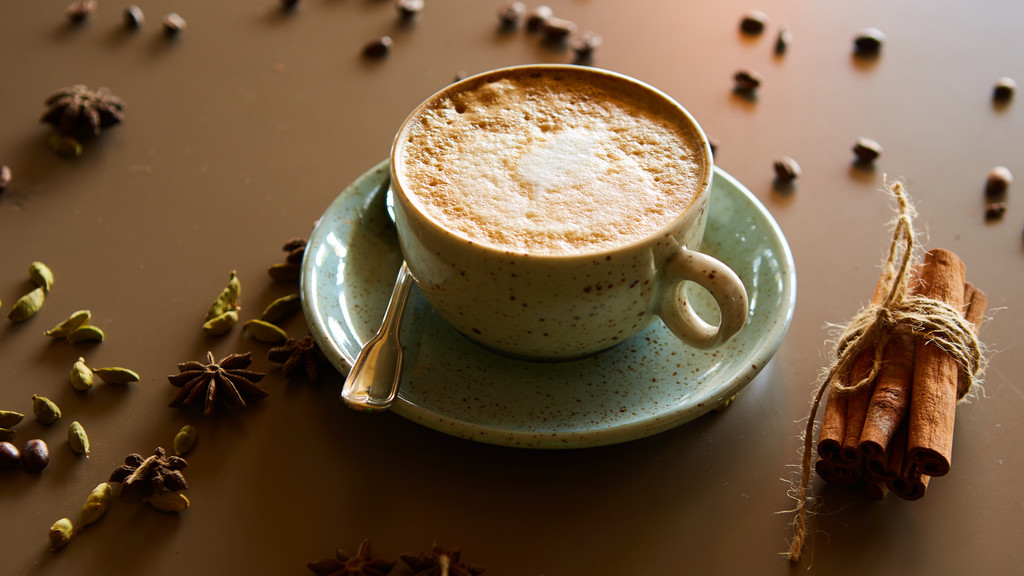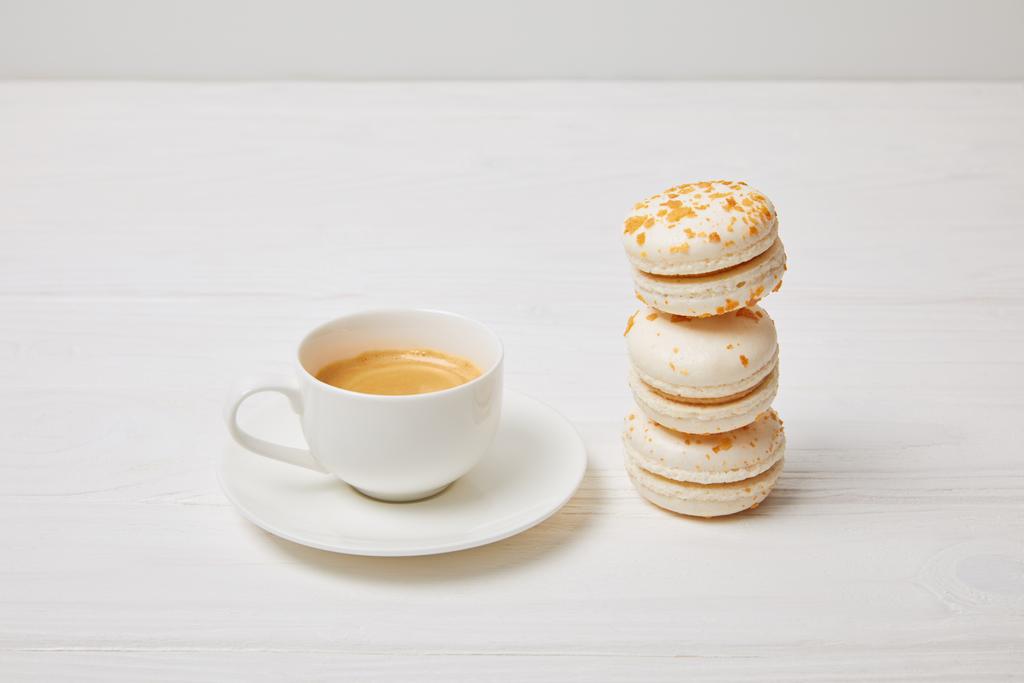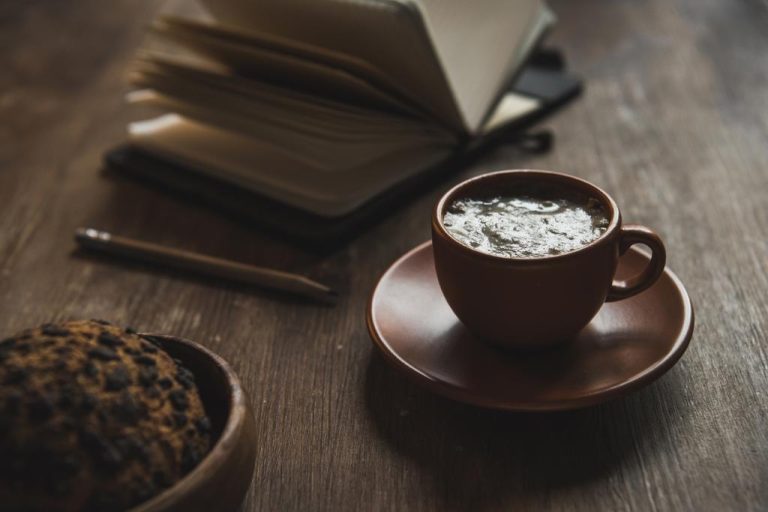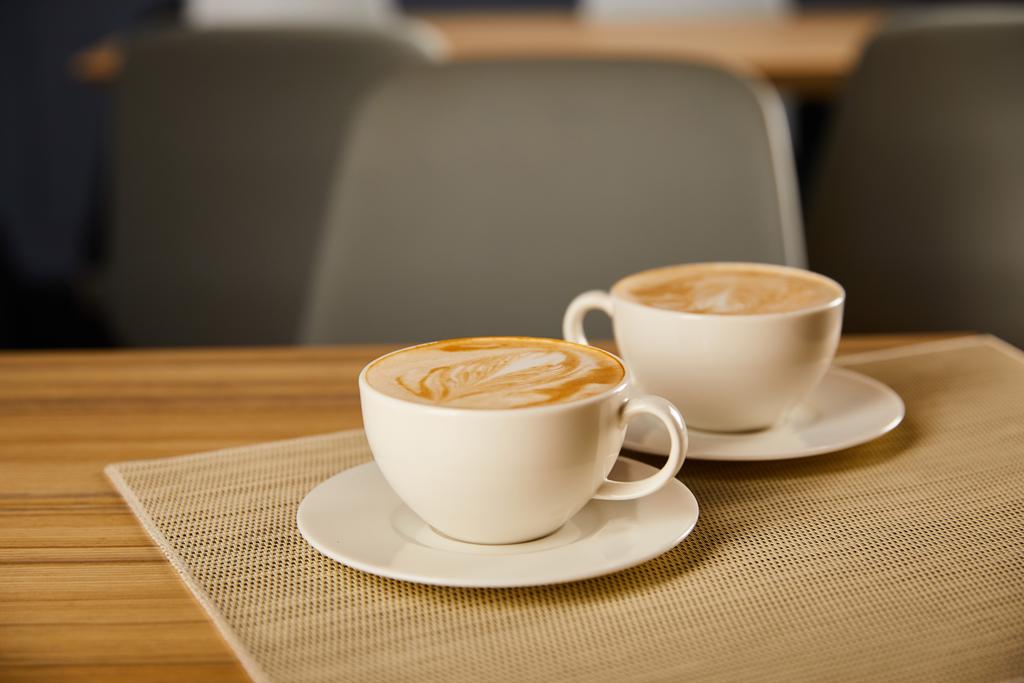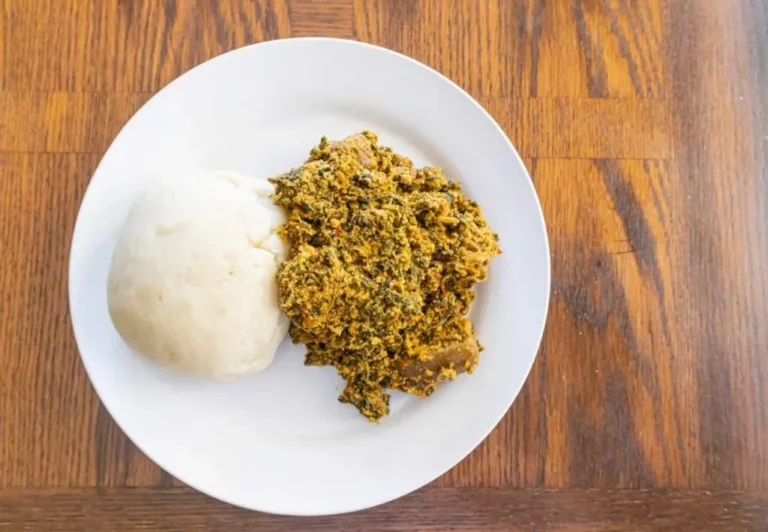A hot and soothing coffee – that’s what hardly any of us can do without. No other drink can match the popularity of the pick-me-up.
Classic coffee machine with filter
Filter coffee is one of the most popular ways to brew coffee. According to the 2016 Coffee Report, about 71.8% of all coffee drinkers own a filter coffee machine. Thus, it takes first place by a wide margin and leaves all competitors far behind. By the way, filter coffee plays a pioneering role in the automation of coffee preparation. Until the 1950s, coffee had to be brewed by hand in the traditional way. With the invention of the filter coffee machine and vacuum-packed ground coffee, all households have been able to brew coffee quickly and easily. Thus, all modern coffee machines and fully automatic coffee machines represent a further development of filter coffee machines.
pressure brewing systems
The so-called pressure brewing system is an offshoot of the filter coffee machine. An attempt was made to prepare espresso as filter coffee. The result is rather unusual: strong, strong coffee is produced. It can best be compared to mocha coffee.
Stamping pot: pure flavor
Making coffee doesn’t always have to be boring. The stamping pot, also known as the cafetere, was invented in France in the mid-19th century. It offers its users a fragrant and full-bodied taste. Anyone who loves strong coffee has come to the right place. The working principle of stamping pot mainly combines aroma extraction and brewing.
Cona Pot: chemical coffee
The Cona pot looks like a chemistry experiment and apparently has little to do with making coffee. The unusual brewing method came from Germany and was widely used, especially in the old days. Nowadays, the equipment is often used for decorative purposes, but, of course, it can also be used for making coffee. In a broad sense, this is the so-called glass piston coffee maker. It owes its name Cona-Kanne to its manufacturer.
Unforgettable Karlsbader Canne
Karlsbader Kanne has been celebrating its market success for over 100 years. Even today, the production of classics does not stop. The secret to their success story lies simply in their simplicity. The pitcher filter is made of porcelain and does not affect the taste in any way. The best filtered coffee with pure aroma is prepared in a short time.
The Karlsbader Kanne is made up of four different parts. It consists of a coffee pot, a lid, a two-piece coarse-mesh porcelain filter, and a brewing attachment.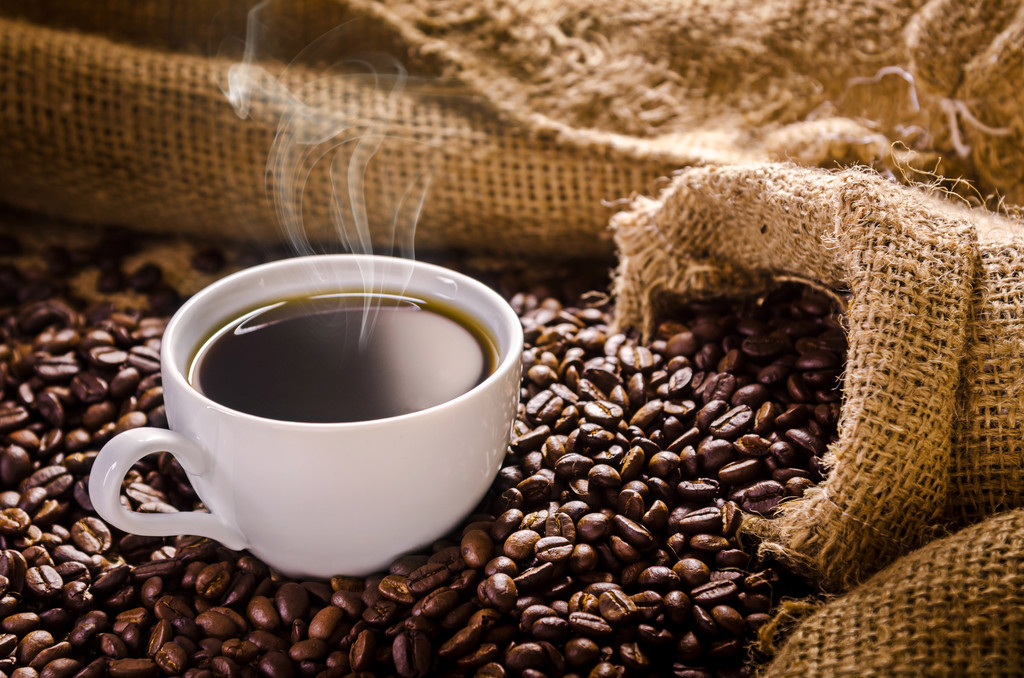
Coffee maker without espresso?
Contrary to what the name suggests, espresso is not actually made in an espresso pot. The so-called “percolator” uses only the principle of steam, which is also used to make espresso. However, this does not create the necessary pressure to really make a strong espresso. So “only” normal strong coffee is brewed.




